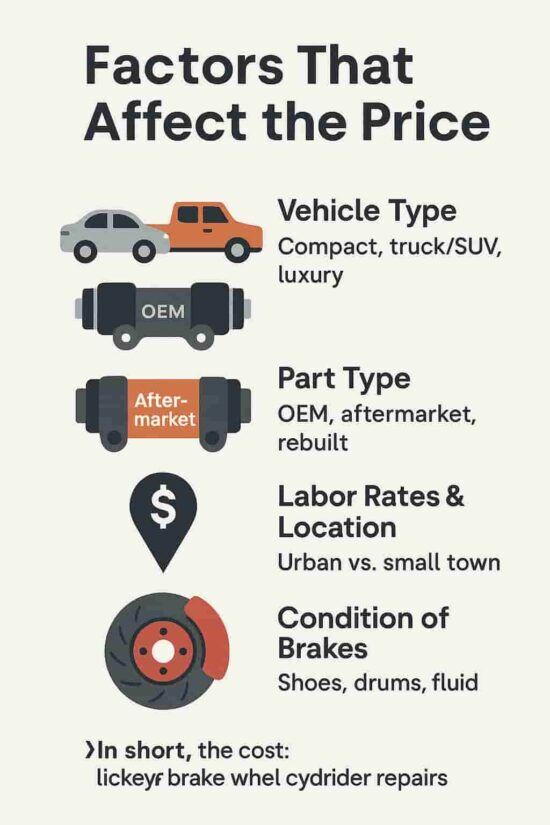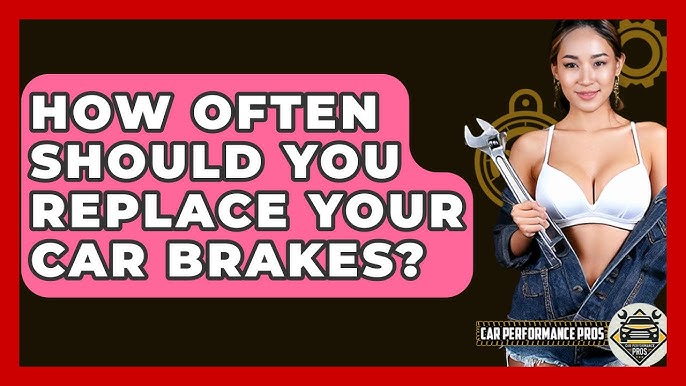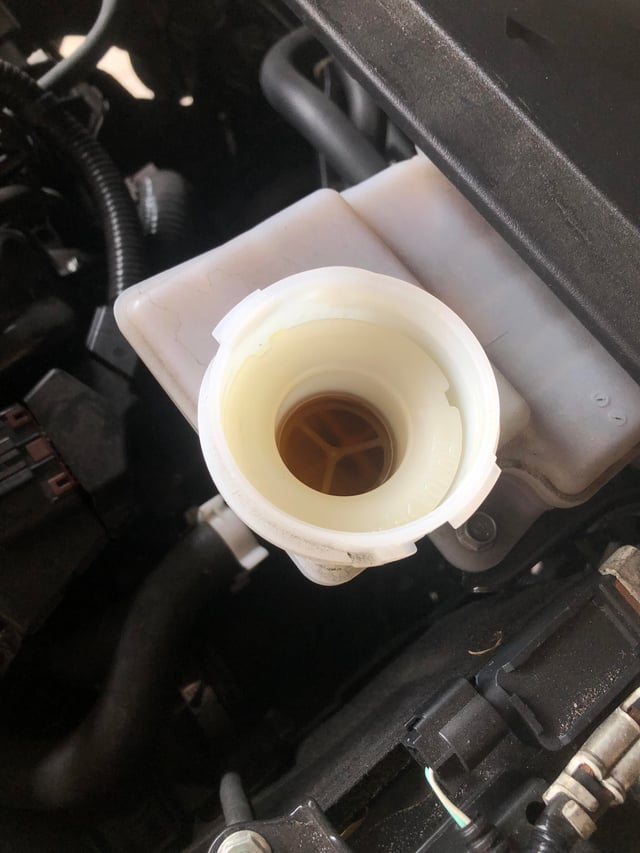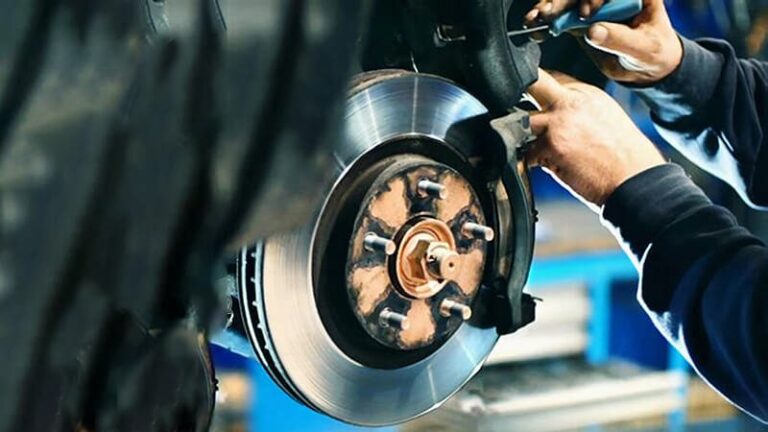When it comes to keeping your car safe, your brakes play a huge role. But have you ever wondered, “How much do brakes cost for a car?” Whether you’re hearing strange noises, feeling a delay when you press the pedal, or just planning routine maintenance, knowing the cost can help you avoid surprises.
You’ll discover what affects brake repair prices and how to get the best value for your money. Keep reading to protect your car—and your budget.

Credit: carbuzz.com
Brake System Components
The brake system in a car is made up of several key parts. Each part plays a role in stopping the vehicle safely. Knowing these components helps understand the cost of brake repairs. The main parts include brake pads, rotors or drums, calipers, and brake lines. Each has its own price range and function.
Types Of Brake Pads
Brake pads press against the rotors to slow the car. There are three main types: organic, semi-metallic, and ceramic. Organic pads are soft and quiet but wear out fast. Semi-metallic pads last longer and handle heat well. Ceramic pads are quiet and clean but cost more. The choice affects both performance and price.
Rotors And Drums
Rotors are flat discs attached to the wheels. Brake pads squeeze these to stop the car. Drums work similarly but are round and inside the wheel. Rotors often need resurfacing or replacement during brake jobs. Drums are less common but also wear over time. Rotor and drum costs vary by size and material.
Calipers And Brake Lines
Calipers hold the brake pads and push them against the rotors. They use hydraulic pressure to work. Brake lines carry the brake fluid needed for this pressure. Damaged calipers or brake lines can cause brake failure. Repairing or replacing these parts adds to the total brake cost.

Credit: www.amazon.com
Factors Influencing Brake Costs
Several factors affect the cost of brake repairs and replacements. These factors help explain why brake prices vary widely. Understanding these can help you plan your budget better.
Costs differ based on the type of car, quality of parts, and labor fees. Each factor plays a key role in the total expense.
Car Make And Model
Different car brands and models need specific brake parts. Luxury or sports cars usually have higher costs. Their parts are often more complex and pricier. Common cars use standard parts, which cost less. The size and weight of the car also affect brake prices. Bigger vehicles need stronger brakes, raising the cost.
Brake Part Quality
Brake parts come in various quality levels. Original Equipment Manufacturer (OEM) parts match the car’s original components. These tend to be more expensive but last longer. Aftermarket parts cost less but may wear out faster. Cheaper parts can save money upfront but might need replacement soon. Choosing the right part quality impacts both cost and safety.
Labor Charges
Labor costs vary by location and service provider. Skilled mechanics charge more for their expertise. Brake jobs take different amounts of time depending on the car. Some vehicles need more work, increasing labor fees. Independent shops often have lower labor rates than dealerships. Always consider labor charges when estimating total brake costs.
Average Brake Replacement Prices
Brake replacement costs vary depending on parts and labor. Knowing average prices helps plan your budget. Brake repairs keep your car safe and stop problems early. Prices differ by car type and service location. Here is a clear guide on typical brake expenses.
Cost For Brake Pads
Brake pads usually cost between $50 and $150 per axle. Labor adds around $80 to $120 more. Prices depend on pad quality and car model. Cheaper pads may wear out faster. High-quality pads last longer but cost more upfront.
Cost For Rotors
Rotors typically cost $30 to $75 each. Labor for rotor replacement ranges from $150 to $200. Some cars need rotor machining, which adds about $15 to $30 per rotor. Replacing rotors with pads is common during brake service. Costs rise with larger or specialty rotors.
Complete Brake Job
A full brake job includes pads, rotors, and labor. Expect to pay between $250 and $500 per axle. Luxury or performance cars may cost $500 to $800. This service ensures all brake parts work well together. It improves safety and prevents future repairs.
Diy Vs Professional Service
Choosing between DIY brake repair and professional service affects cost and safety. Understanding each option helps you decide what fits your needs and skills. Both choices have benefits and risks.
Pros And Cons Of Diy
Doing brakes yourself saves money on labor fees. You only pay for parts and tools. It teaches you car skills and boosts confidence.
DIY requires time and patience. Mistakes can cause brake failure, risking safety. You need proper tools and a clean workspace. Not all brake jobs are simple. Some cars have complex systems.
When To Seek Professional Help
Choose a mechanic if you lack experience or tools. Professionals spot hidden issues that DIY might miss. They guarantee work with warranties and use quality parts.
Brake problems like noises, vibrations, or leaks need expert care. If brakes feel weak or car pulls, see a pro. Complex brake systems or ABS repairs require special skills.
Saving Money On Brake Repairs
Brake repairs can be expensive, but there are ways to save money without risking safety. Smart choices and regular care keep your brakes working well and costs low. Small actions today prevent big bills tomorrow.
Choosing Aftermarket Parts
Aftermarket brake parts cost less than brand-name options. They meet safety standards and work well for most cars. Choose parts with good reviews and warranties. Avoid very cheap parts, as they may wear out fast.
Regular Maintenance Tips
Check your brakes often for wear and tear. Listen for unusual sounds like squeaking or grinding. Keep brake fluid clean and at the right level. Regular checks catch small problems early, saving money on repairs.
Finding Reliable Mechanics
Find a mechanic you trust for brake repairs. Ask for recommendations from friends or family. Choose shops with fair prices and clear estimates. A good mechanic fixes brakes right the first time, avoiding extra costs.
Signs You Need Brake Replacement
Brakes are vital for your car’s safety. Knowing the signs of worn brakes helps avoid accidents. Early detection saves money and stress. Watch and listen carefully for these common signs.
Squeaking And Grinding Noises
Squeaking sounds often mean brake pads are wearing out. These noises happen when pads get thin. Grinding noises are worse. They show metal is rubbing on metal. This can damage your brake system and increase repair costs.
Brake Pedal Issues
A soft or spongy brake pedal can mean air or fluid leaks. If the pedal feels hard and the car stops suddenly, pads may be too thin. A pedal that sinks to the floor is a serious problem. It needs immediate attention to avoid danger.
Warning Lights
Your car’s dashboard has brake warning lights. These lights turn on for low brake fluid or worn pads. Ignoring these signals can lead to brake failure. Check your car manual to understand each warning light’s meaning.

Credit: www.cnbrakecylinder.com
Frequently Asked Questions
How Much Do Brake Pads Cost For A Car?
Brake pads typically cost between $50 and $150 per axle. Prices vary based on car make, model, and pad quality.
What Factors Affect Car Brake Replacement Cost?
Brake replacement costs depend on parts, labor, car type, and repair shop rates. Luxury cars usually cost more.
How Often Should Car Brakes Be Replaced?
Car brakes should be replaced every 30,000 to 70,000 miles. Regular inspection helps avoid sudden brake failure.
Are Oem Or Aftermarket Brake Parts Cheaper?
Aftermarket brake parts are usually cheaper than OEM parts. However, OEM parts offer guaranteed compatibility and quality.
Conclusion
Brake costs vary depending on your car and brake type. Regular checks help avoid big repair bills. Quality parts may cost more but last longer. Labor charges differ by location and shop. Always ask for a clear price before work starts.
Keeping brakes in good shape keeps you safe on the road. Don’t wait for problems to get worse. Timely maintenance saves money and stress later. Stay informed and protect your vehicle’s braking system. Simple steps make a big difference in cost and safety.



